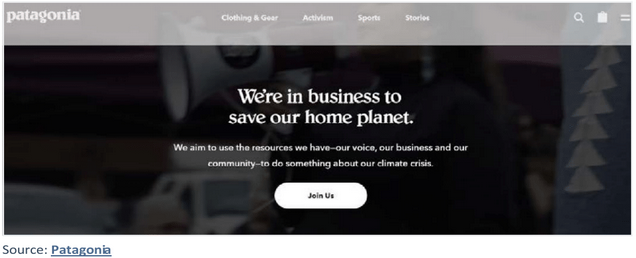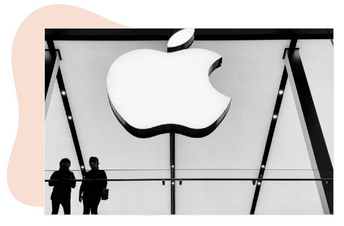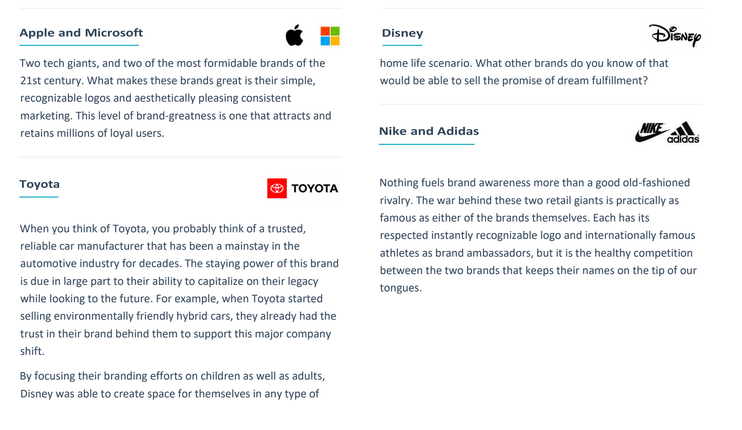Introduction: Creating Brand Identity
If you’ve ever been perplexed by the length of time it takes search engines to pick up your newly launched sites or recent updates, you are not the only one. This is a common issue that often leads to outdated content in search results, which can be a real headache for anyone trying to maintain a fresh and relevant online presence. These delays often cause disrupted marketing plans, missed promotion opportunities and hinder the ability to respond to customer needs quickly.
That headache is now gone thanks to a free web marketing tool that allows you to upload your content directly to search engines in a flash. This improves your websites chances of ranking as soon as your content appears on the web. It is called IndexNow. This revolutionary recent addition to the SEO toolbox represents a significant innovation in how search engines interact with websites. By allowing marketers and webmasters to proactively notify search engines of their content as soon as they upload it, IndexNow is helping to shift the power of the web back into the hands of content creators like Monkeyhouse Marketing.
Not only does your brand include visual elements, but it portrays your company’s mission and values. For example, Starbucks is dedicated to empowering employees and provides benefits like healthcare and educational opportunities. CEO Howard Schultz, a de facto brand loyalty expert,comments, “If people believe they share values with a company, they will stay loyal to the brand.”
Another example is Patagonia. The company features an “Activism” tabright on their homepage,urging customers to help them save our planet, a mission that resonates with consumers.
In the inbound marketing age, “brand” can be tricky to define. Typically, branding refers to branding on the internet-and the internet moves pretty fast. More than ever before, brands can be built up in an instant, and in turn they can fall just as quickly. A successful brand is one with longevity that is built up over time and flexible enough to adapt to the current market trends and expectations. So, what separates the flash-in-a-pan brands that come and go seemingly overnight from the brands that retain loyalty across demographics and generations?
The key: a differentiator.
A brand’s differentiator is what sets it apart from the competition and moves its brand from simply being known and recognizable to being desired beyond the confines of the brand identity. Once a brand finds that differentiator, it becomes its calling card. It’s how everyone recognizes the brand and the first thing everyone judges it by –so your brand needs to be consistent.
No matter which channels your customers choose to interact with your brand –your website, blog, email, Facebook, X (formerly known as Twitter), or whatever tomorrow’s technology may bring –they should all demonstrate the unique experience that your brand represents.
Examples of Great Brands:
The common thread shared by all great brands is their dedication to their differentiator. See if you can identify the calling card of each of these well-known, successful brands.
























